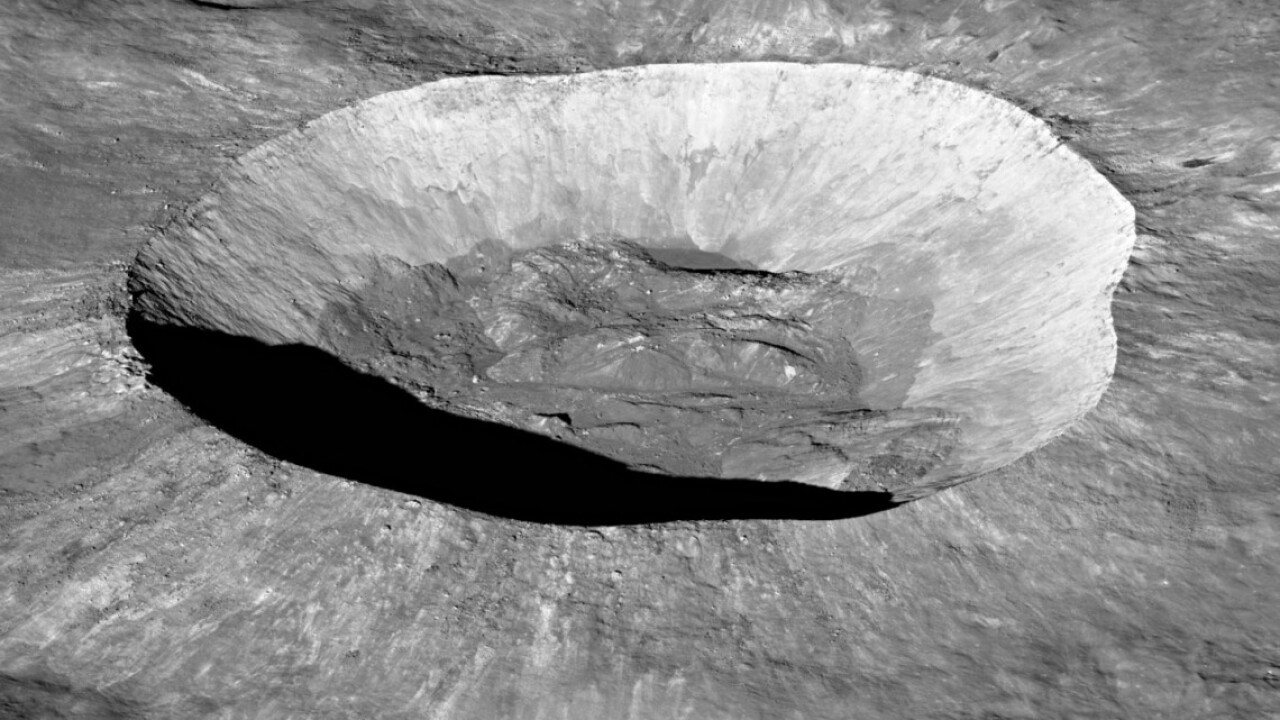Scientists at the University of Arizona have discovered that asteroid 2016 HO3 was likely blasted into the solar system from the moon several million years ago.
Using simulations, they have figured out that 2016 HO3 came from the Giordano Bruno crater. The crater is on the far side of the moon, the part of the moon Earth never sees.
2016 HO3 is considered a near-Earth asteroid with an elliptical orbit around the Earth. It is estimated to be about 150 feet to 190 feet in diameter and was first spotted in 2016.
Scientists say a larger object likely collided with the moon, sending ejecta into the solar system. They believe it would have taken an object 1 kilometer wide to strike the moon to cause an asteroid like 2016 HO3 to be launched into the solar system.
"You’d think the impact event would pulverize and distribute the ejecta far and wide," study co-author Erik Asphaug said in a press release. "But there it is. So, we turned the problem around and asked ourselves, 'How can we make this happen?'"
They believe some of the fragments would have been collected by Earth's atmosphere by now, but some objects, like 2016 HO3, remain in space.
"While most of that debris would have impacted the Earth as lunar meteorites over the course of less than a million years," lead study author Yifei Jiao said, "a few lucky objects can survive in heliocentric orbits as near-Earth asteroids, yet to be discovered or identified."
The asteroid is slated to be a target for the Chinese mission Tianwen-2. The mission will send a spacecraft to the asteroid to collect a sample and bring it to Earth. The project could take up to a decade, officials say.
When the fragment is returned to Earth, scientists expect it to have a different composition than other asteroid fragments.
"It will be different in important ways from any of the specimens we have so far — one of those connecting pieces that help you solve the puzzle," Asphaug said.



